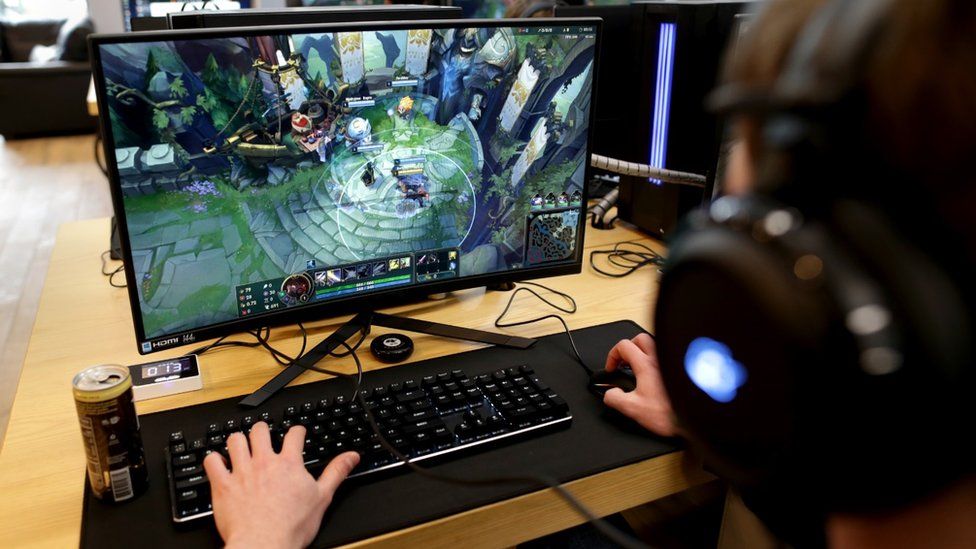Meta description Trends in the game translation world are strongly shaping the importance of video game localization in today’s market.

Games Translation is more complicated than simply translating a document. It can be difficult, depending on the type of game and the language it is being translated into. This article will highlight what game translation is and the challenges that presents to translators.
What is the game’s translation?
The game’s translation involves translating text and dialogue from one language into another without making any changes to the game itself. There is only text. This makes the game more accessible to players who speak different languages.
This can be done through localization, which involves translating all the text and dialogue within a game into another language, or through dubbing, which involves having voice actors record lines in a different language. In-game translation can also include subtitling, which involves displaying subtitles in multiple languages during cutscenes or other important dialogue sequences.
What are the challenges that the translators face?
Factors such as the complexity of the text, cultural references, and technical terminology can all make game translation challenging:
- Understanding the cultural context:
Translators must be able to understand the cultural context of the game in order to accurately translate it into another language.
- Localization:
Localizing a game for different regions is an important part of game translation. This means that the translator needs to consider any regional differences in terms of language, slang, or even gameplay features that may need to be adjusted for different regions.
- Technical challenges:
Game translators also face technical challenges such as confirming that all the text fits within the allotted space on screen or ensuring that all audio files are properly synced with the translated text.

What is the difference between game translation and localization?
Translation is only one aspect of a successful career in game localization. You must take into consideration a lot more than just language translation when localizing games. In order to localize a game effectively, one must have a thorough understanding of the target region’s culture. Because of this, it’s referred to as “localization” and not just “translation.”
Understanding the target region’s culture helps to ensure that the localized version of a game accurately reflects its dialect, behaviours, values, and norms. In the new target region, what is accepted and relevant in the source region might not be.
The success of the game in the new region will suffer if localization is not done correctly in terms of character interaction, context, graphics, and laws.
What are the services of video game localization?
Video game localization services provide the necessary tools and expertise to help video game developers reach a global audience. These services include translation, cultural adaptation, voice-over recording, and quality assurance testing. By localizing their games, developers can ensure that their content is accessible to players around the world. This can lead to increased sales and a larger player base.
What are the game translation industry’s best practices?
- Ensure accuracy and consistency in translations:
Quality and accuracy should always be a priority in any translation project. Translators should strive for accuracy and consistency in the translations they produce, using terminology that is consistent with the original source material.
- Use native speakers: Native speakers of the target language are best placed to provide accurate translations that capture the nuances of the language. If possible, it’s best to employ native speakers to ensure that all translations are as accurate as possible.
- Develop a glossary of terms:
A glossary of terms should be developed for each project, which will allow translators to refer back to approved terms when needed throughout the project. This will also help ensure consistency across all translations.
- Follow industry standards:
There are various industry standards that need to be followed when translating games. It’s important for translators to familiarize themselves with these standards and follow them closely when translating game content.
Conclusion
Video game localization is the process of adapting your games and applications to linguistic, cultural, and regional nuances so that they can be easily sold in foreign territories. So game translation is important, but translation should also include localization.
References
Translate plus.
Andover.
True language.
Translation partner.
